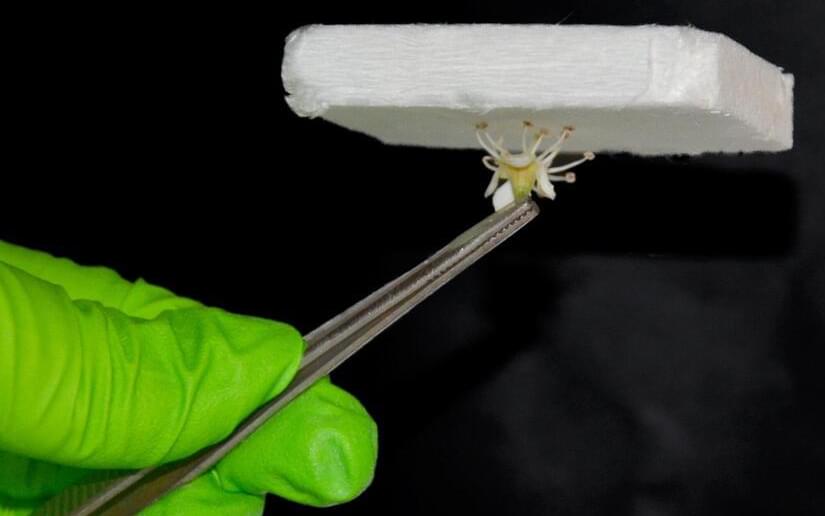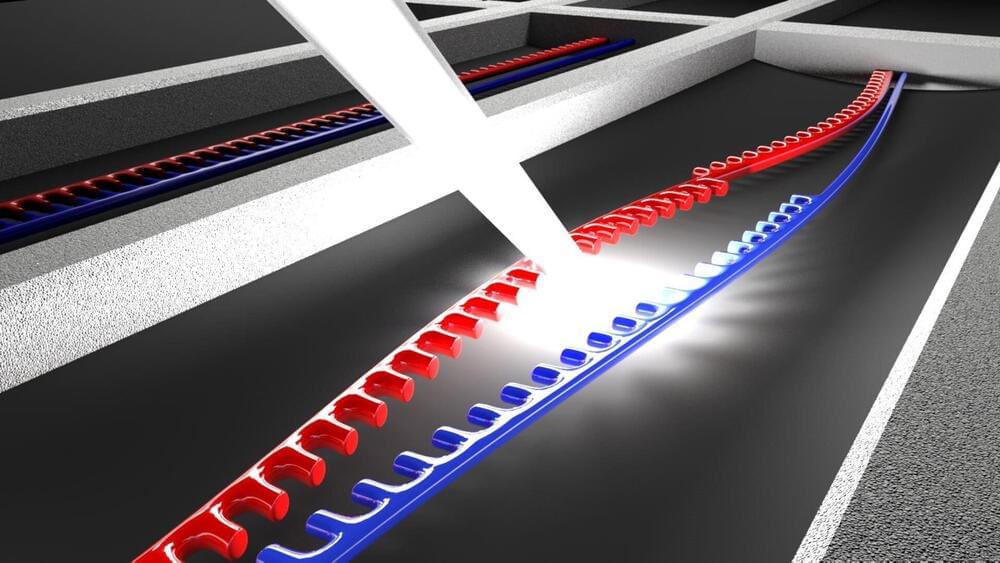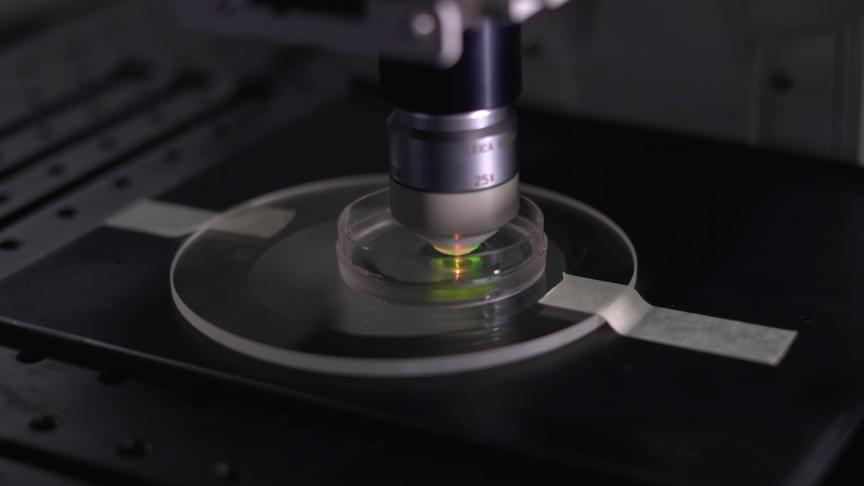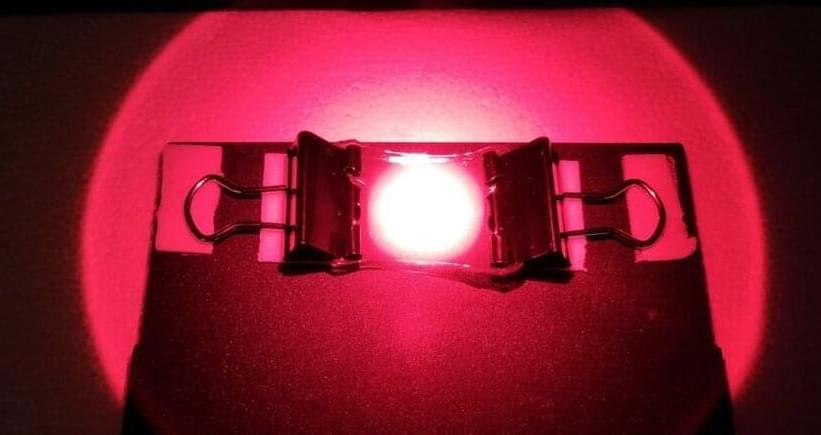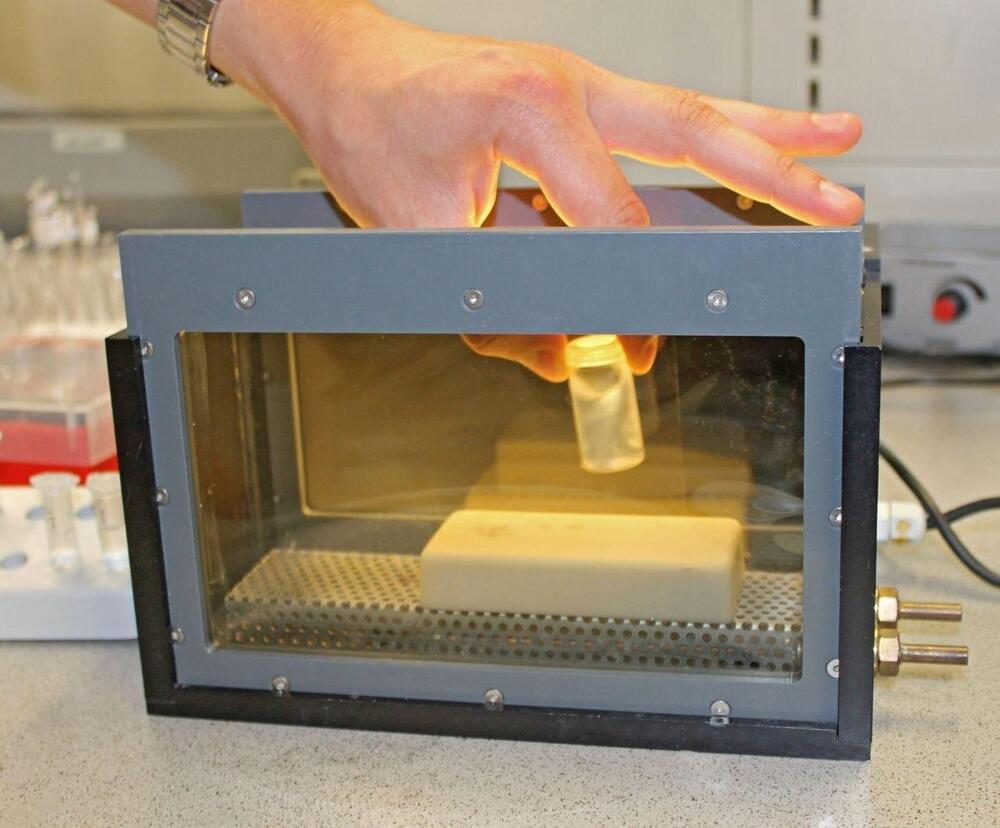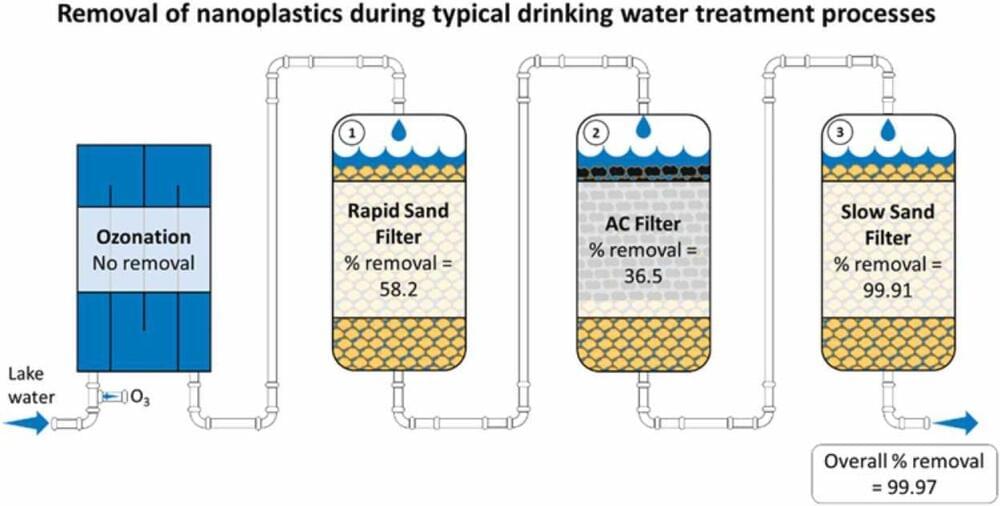One day soon, buildings could become more energy-efficient—and environmentally sustainable—with insulating material developed from wood by researchers in Sweden. The newly-developed material offers as good or even better thermal performance than ordinary plastic-based insulation materials, according to researchers reporting recently in ACS Applied Materials & Interfaces.
Yuanyuan Li, an assistant professor at Wallenberg Wood Science Center, KTH Royal Institute of Technology in Stockholm, says that the new insulating material is an aerogel integrated wood which is made without adding additional substances.
Wood cellulose aerogels themselves are nothing new—researchers have been developing advanced types of aerogels and other composites for the last several years in the Wallenberg Wood Science Center at KTH—but Li says the new method represents a breakthrough in controlled creation of insulating nanostructures in the pores of wood.
